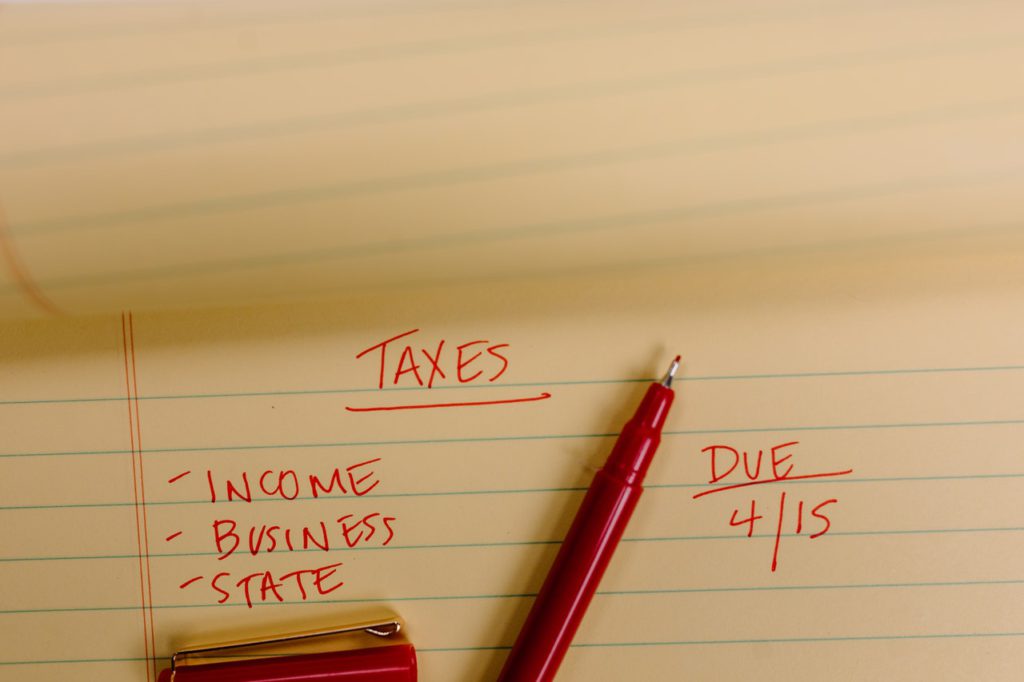We explained what happens when you owe money to the ATO, when a payment agreement with the ATO may be best, and when you are better off considering paying your tax debt in debt. Knowing the size of your ATO debt is a crucial part of understanding the types of strategies you will need to implement to get out. The biggest challenge facing business owners looking to get out of their ATO debt quicker is knowing what their real situation is.
Most businesses are not aware that whether they have entered into a repayment agreement with the ATO, or another public body, over previously unpaid tax debts, this could negatively impact their future funding arrangements. If you fail to disclose to the ATO what is happening to your business and actively set up a sustainable payment arrangement and stick to it, there can be adverse consequences. When you agree on an ATO payment arrangement, whether it is for your Income Tax Account or an Activity Statement Account, you must stick with that arrangement.
Individuals and businesses can follow these steps to come up with a mutually-beneficial payment arrangement that is both agreeable to debtors and the ATO. The ATO can potentially offer no-interest payment arrangements to small businesses that have a liability on their Statement of Activities. Small businesses owing the ATO a debt that is solely attributable to the amounts in their activity statements may be able to pay the debt without interest for up to 12 months.
If the debt is more than $25,000, or if you are not eligible for an automatic repayment, ATO can still negotiate a settlement depending on your circumstances. The advance can be anywhere between 10 and 40 percent of your debt outstanding, depending on your company’s circumstances. You can make separate payments by credit card or using any other available payment options for paying the ATO.
If a business owes less than $100,000, an ATO payment plan is entirely possible, entirely online. We would also advise using the ATOs online Payment Plan Estimator to work out what kind of repayment plan is affordable. From the Tax menu on ATO online services, choose Payment, then choose Payment Plan in the following menu. If you are a registered tax agent or BAS agent, you can use our Online Agent Service to review, set up, review, or cancel a payment plan for your clients.

Tax and BAS agents will be able to change a payment plan via Online services for agents, however, they will not be able to change the payment plan or the installment plan if payment is made by direct debit from a credit card or debit card, this is something that can only be done by the cardholder. If your matter is straightforward, or you are comfortable with sorting out a payment plan without speaking with an official, you may organize it via Online Payment Services and Automated Telephone Payments, which may help set up a payment installment plan. Once you have worked out an appropriate payment scenario depending on your circumstances, you can use it as a guide for setting up your payment plan to fulfill your tax obligations. We realize it may sometimes be hard to make full payments on your debt before your payment deadline, however, you can probably set up a payment plan that pays off your debt in manageable smaller payments over some time.
If you are also managing other debts, one strategy is to focus on one debt at a time, which has the highest interest rate or penalties, while making the minimum payments on others. This works because more money will be going toward paying off the principle of the debt attracting the highest interest charges: paying off this debt faster effectively lowers the interest amount you would have paid while paying off the principal more slowly. Looking at ATO debt repayment plans currently at a GIC rate of 7.0% per year and compounding that with the risk of directors penalties, or having the debt for a Government Corporation collected by a collection agency, or garnished from your earnings… it may even be better to avoid this kind of debt. Worst case, if you fail to repay your debts immediately, you may find yourself being sued in court by the ATO, potentially leading your business into liquidation or voluntary management.
If a business is unable to repay its debts, or if it does not reach an agreement with the ATO to establish a plan of repayment with the ATO, after 21 days, the directors would be considered insolvent, and the ATO would seek the Federal Court to dissolve the business. If the business is unable to pay the Australian Taxation Office after issuing the formal demand or to agree on a payment plan with the ATO, the ATO will use that inability to make the payment as evidence that the company is bankrupt and can seek wind-up by the Federal Court. If the company is unable to make payment to the Australian Taxation Office after a Statutory Demand has been issued, or negotiate a payment plan with the ATO, the ATO will use this failure to pay as evidence of the company’s insolvency and may apply to the Federal Court for the company to be wound up.


